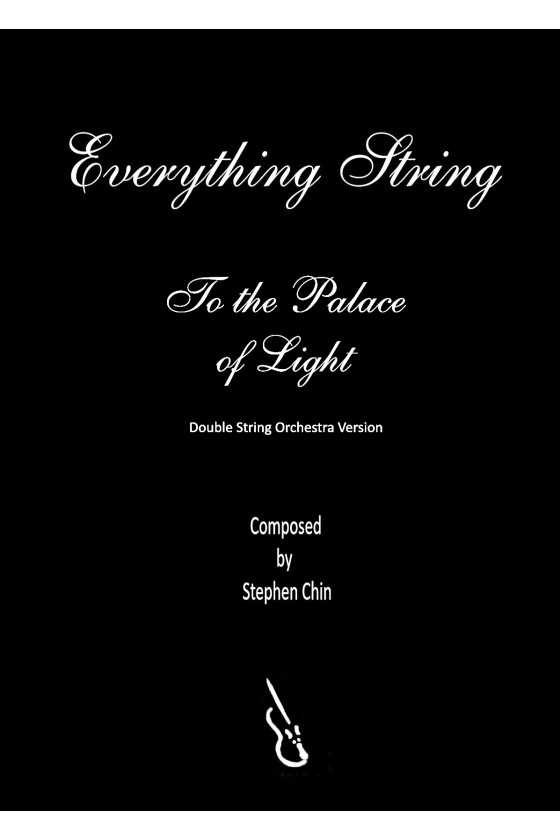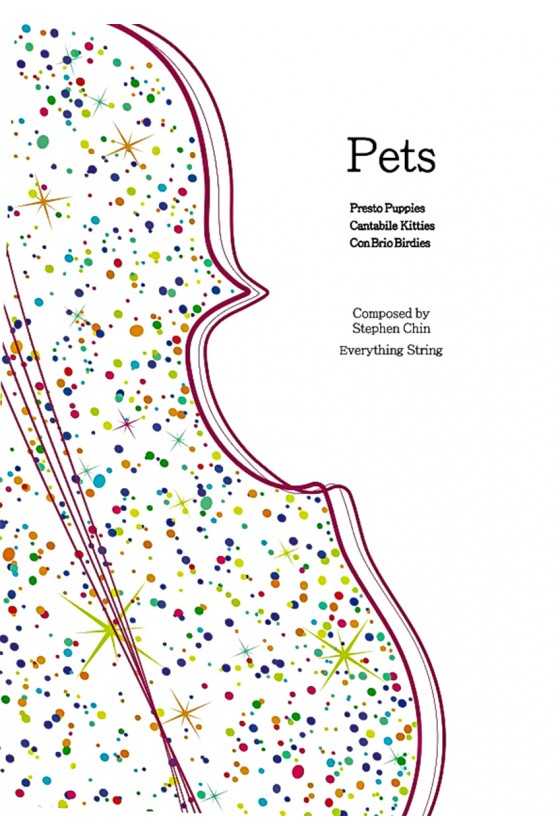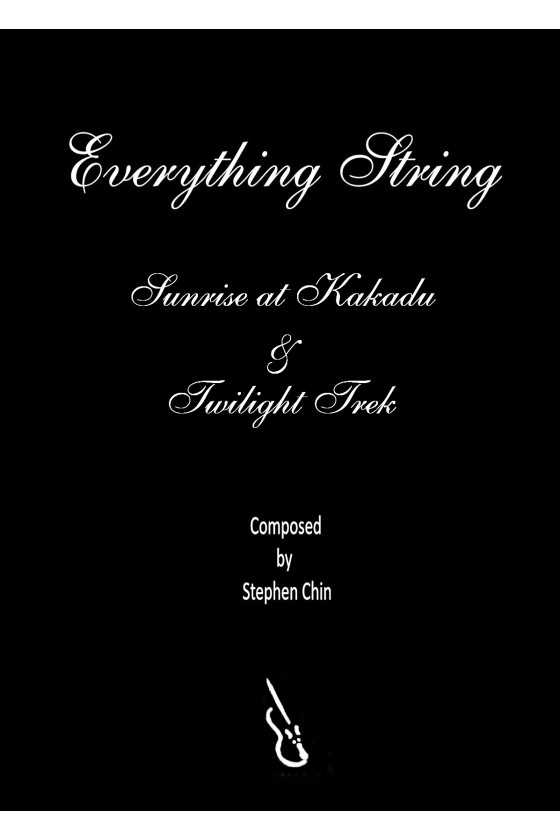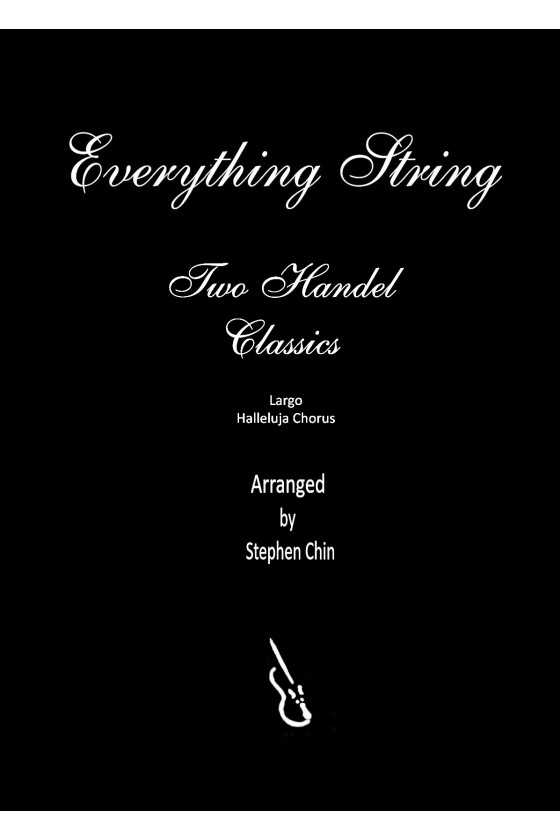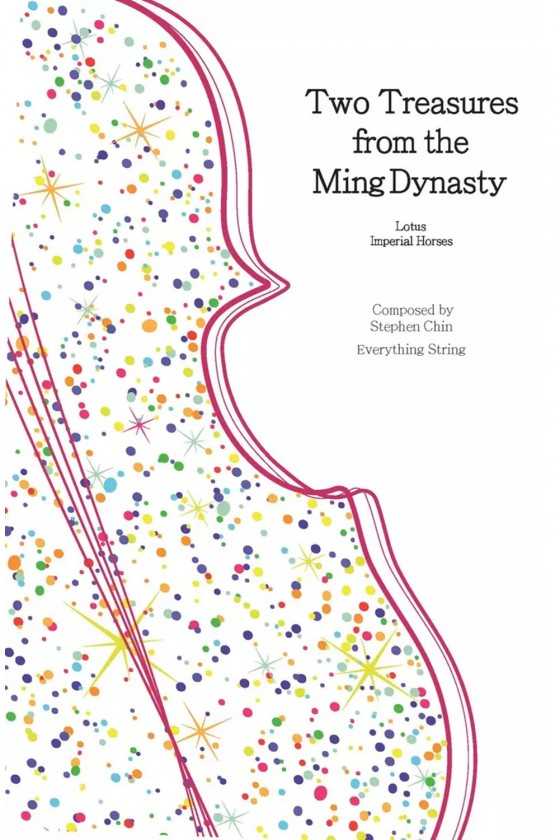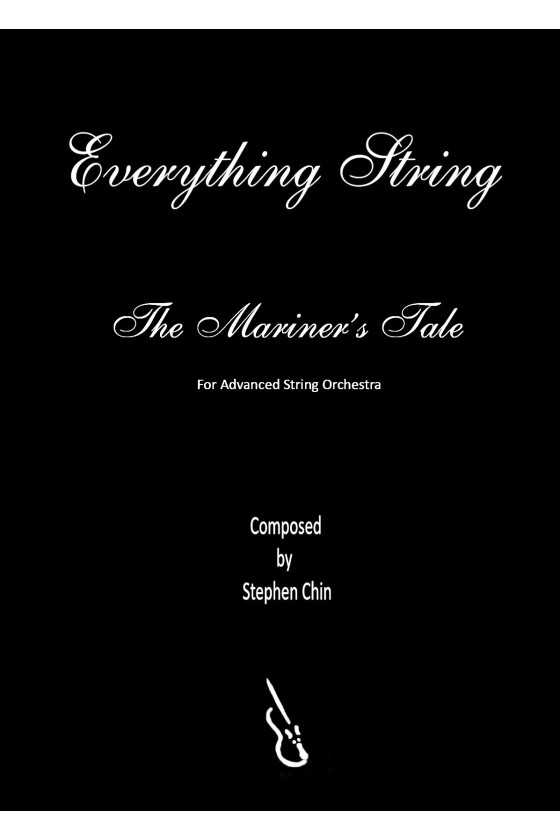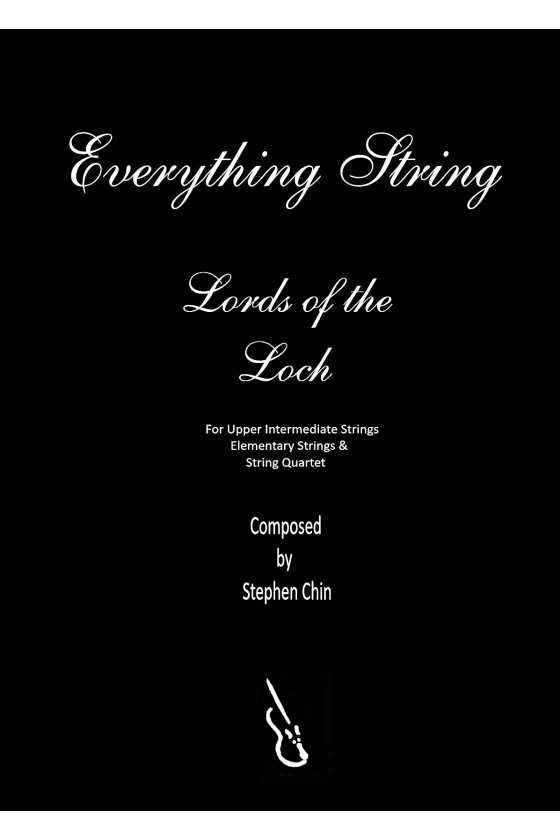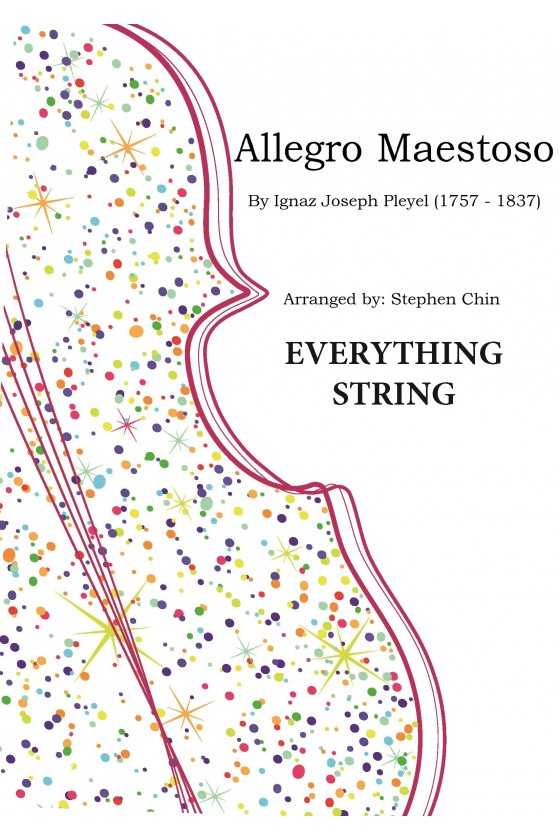
Pets (Stephen Chin) for String Orchestra
We all love our pets, and each day brings new adventures! “Presto Puppies” features rising scale patterns and surprising dissonances, while “Cantabile Kitties” captures the subdued essence of our feline friends with major seventh intervals that evoke a kitten yawning. “Con Brio Birdies” portrays birds’ chatter through repeated quavers and gentle dissonances. The suite also showcases various techniques, including harmonics and different pizzicato styles.

